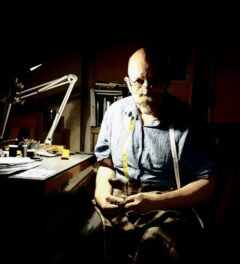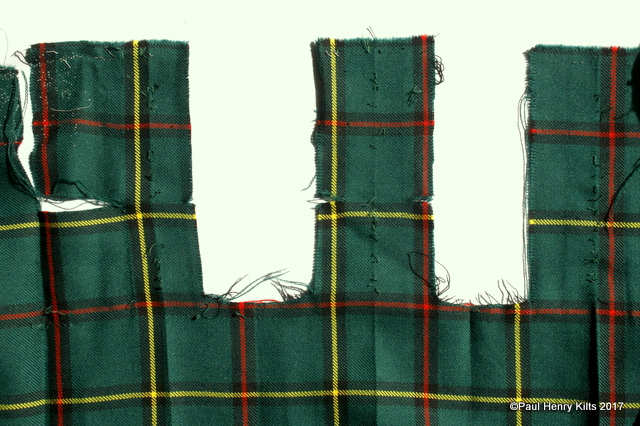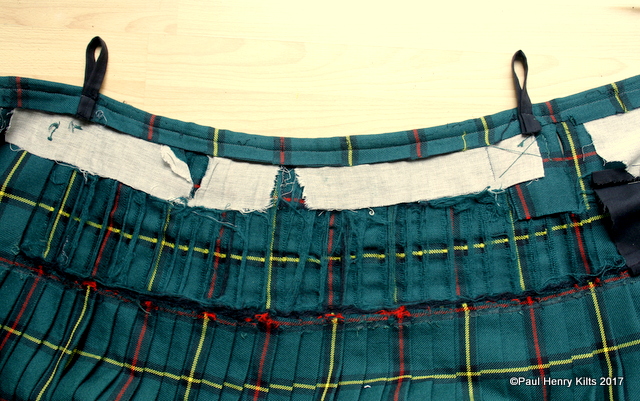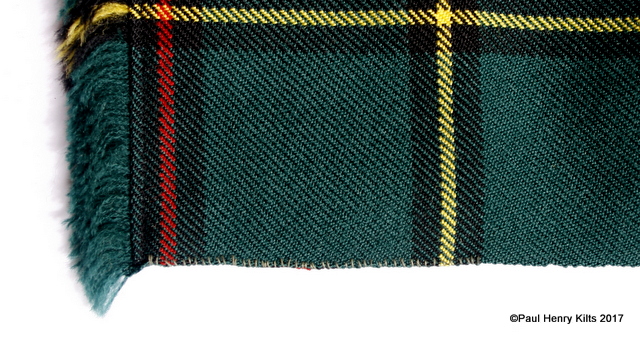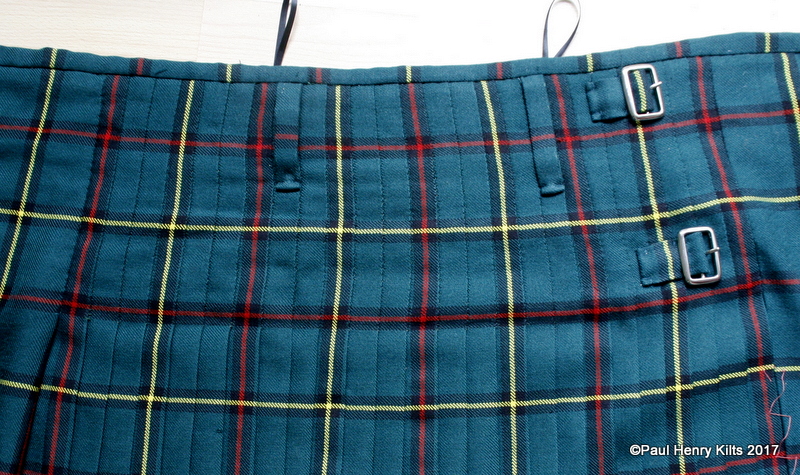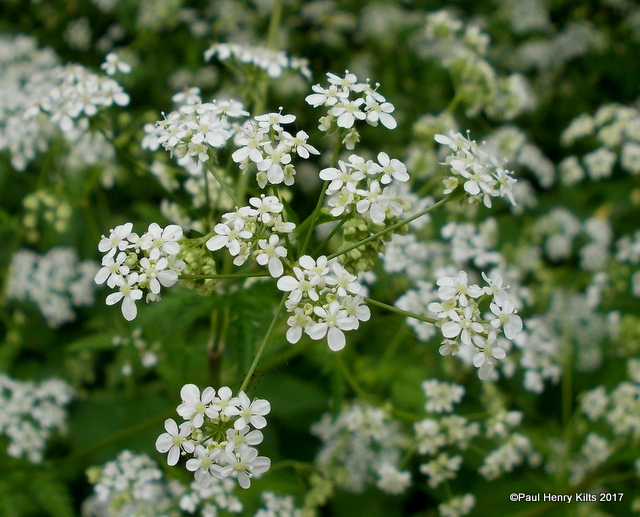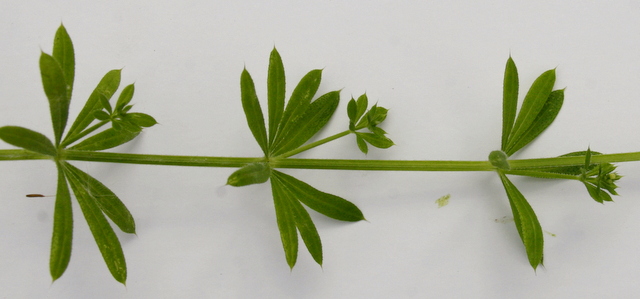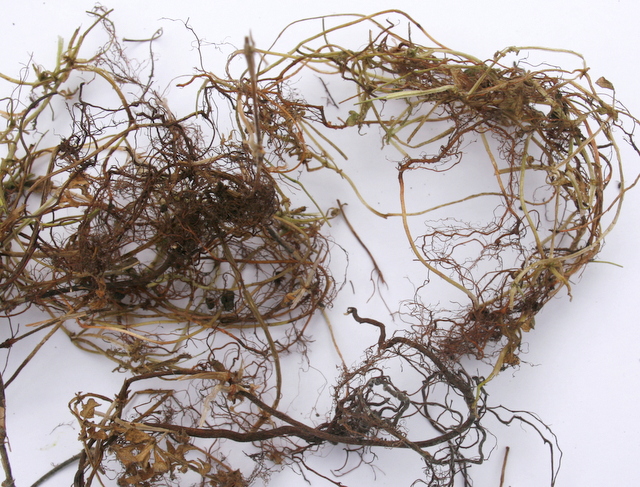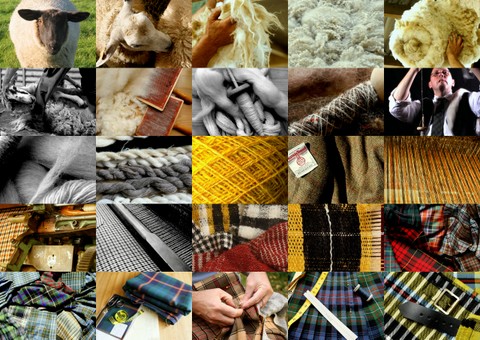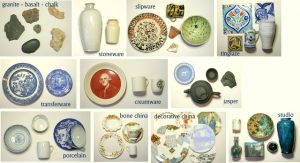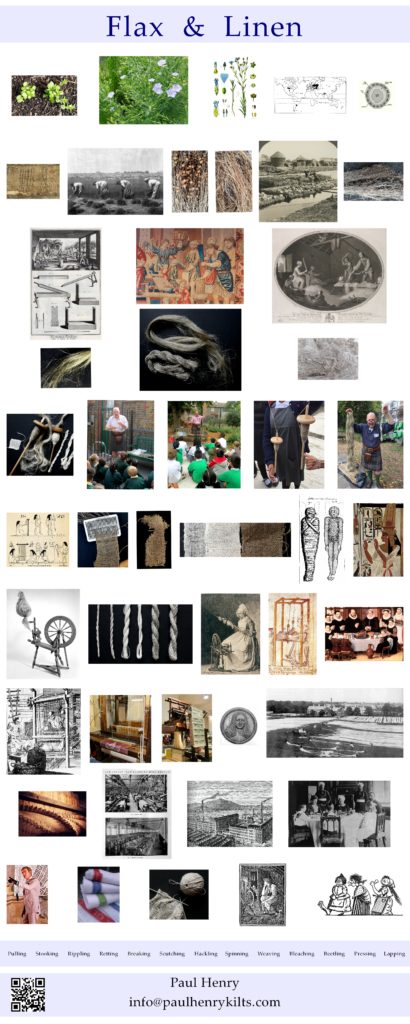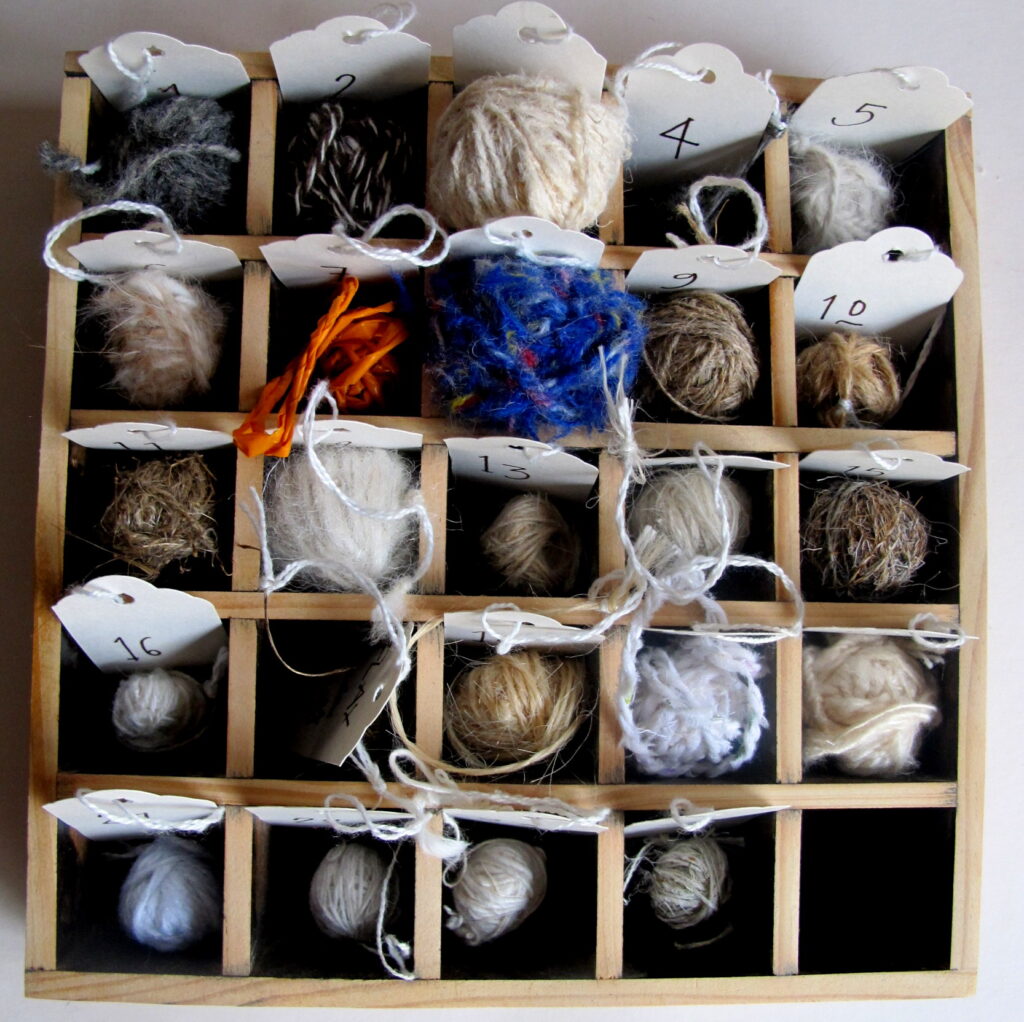Some months ago I was given a brown paper feed bag of sightly anonymous white wool from France, apart from being quite yellow and quite full of vegetable matter I knew nothing about it. I decided that it would be my general purpose wool to use for my dyeing samples and also my idea would be to spin enough to knit myself a jumper from it. I’ve been washing basins of it instead of cleaning the whole lot in one go, and when I’ve had a moment I card enough to keep me happily spinning.
I’m spinning finely and then plying it which will give me a reasonable weight to knit up as Fair Isle, which is the plan once I get around to do some more dyeing.
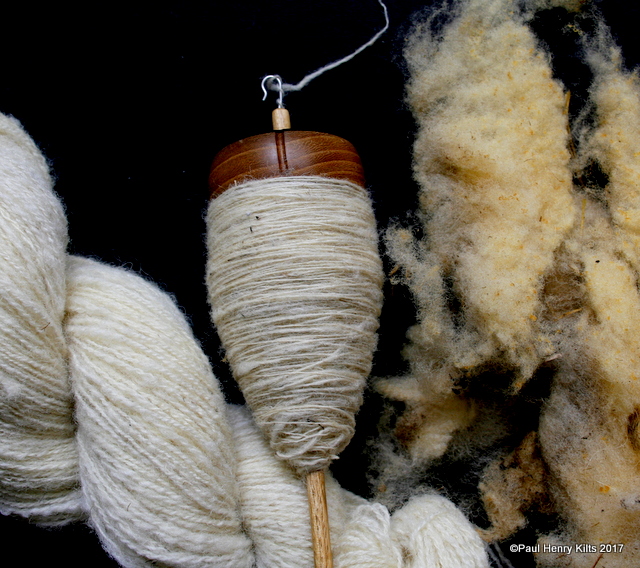
It’s taking some time to prepare and spin, but I’m in no hurry, I spin when I am able, it’s not a full time occupation for me, which brings me to the title. I’m happy to spin anywhere I can and I usually have a bag of rolags and a spindle in my bag wherever I go. It’s fascinating, for me, to watch people watching me whenever I’m on the bus or the train. I don’t need a lot of space, admittedly a little slower when I am sitting down instead of standing up, but every draft is another few feet of yarn and it soon adds up. There are lots of surreptitious glances and even the odd photograph taken by a phone, if only they realised that I would be more than happy to talk to them about the process. Drop spinning to me, even after a few years, is almost magical and the idea that a handful of loose fibres transforms into a coherent thread is a wonderful thing. When I give my talks on fleece to pleats, I always get a moment of silence when the audience realise what is happening, which is only further emphasized when I tell them that it was way all yarn was made until at least 1250, and on some countries the spinning wheel is still a fairly recent introduction. The idea that you can walk and spin at the same is perhaps the point where most people see how a stick and a whorl could actually be capable of producing miles and miles of thread.
So back to my bus journey of a few days ago, I got off a mile or so away from home and walked back spinning as I went, in fact walked back happily spinning, a few people looked and some cars slowed down but perhaps I’m already enough of an oddity , no comments at all. It did make me realise, that drop spinning on the go is a perfectly good way of spinning, yes the thread broke once or twice, but thee spindle was easily caught without damage and the thread re-joined. It was a dry day, and a little windy and the spindle did catch the breeze, but it worked so well that I think that perhaps whenever I go walking in the future I won’t want to miss out on creating yards of yarn.
